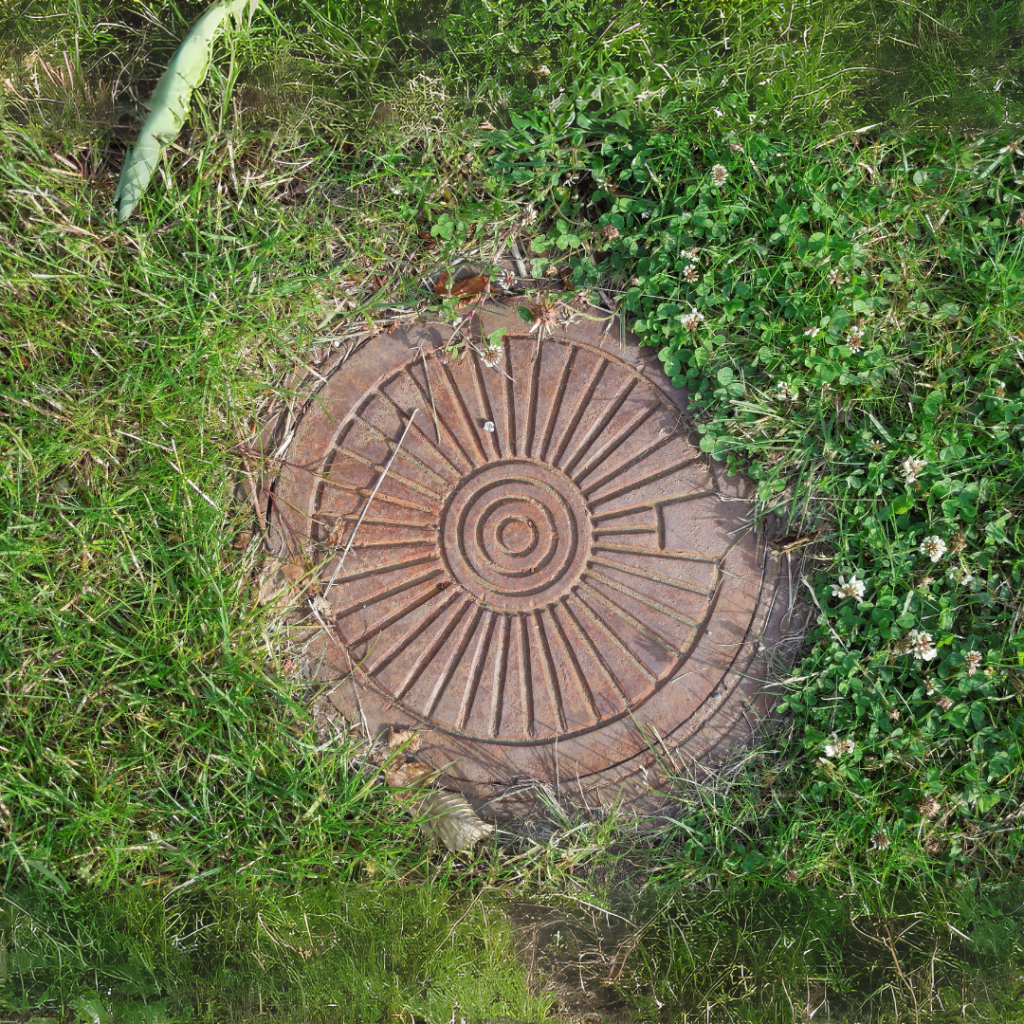Tackling the Top Commercial Sewer Problems for Building Owners
Maintaining a multi-family property like an apartment complex, RV park, mobile home community or duplex is difficult enough without the challenges of commercial sewer problems. Plumbing is a critical system that cannot be neglected. Water damage can be catastrophic for multi-family property managers. It can result in issues like expensive repairs, insurance claims, mold remediation, pipe replacement and renovation. Property owners are also at risk of tenant litigation fines or other legal issues if they fail to provide tenants with working drains to remove wastewater.
Fortunately, there are options to help you proactively manage your property to better protect and prolong the integrity of your drains. Read on to learn more about four commercial sewer problems that can cause the most trouble for your property! We’ll show you some key signs of trouble and offer a few ways to maintain your drains for optimum performance.
1. Clogs and Backups
If you’ve been in property management for any length of time, you’ve dealt with your share of maintenance calls for clogs and backed up toilets. This is true whether you’re managing a small duplex with a couple tenants or a complex with dozens of units and multiple buildings. Clogs happen even with the most conscientious of tenants. It’s just the nature of drains. However, if clogs are more frequent than the occasional backed up toilet, it may be a sign that you have an internal problem with your drainage system. Those can include:
- Sagging or “bellied” pipes
- Misaligned pipes
- Sharp turns with narrow pipes
- Nodules, corrosion and hard water/mineral deposits
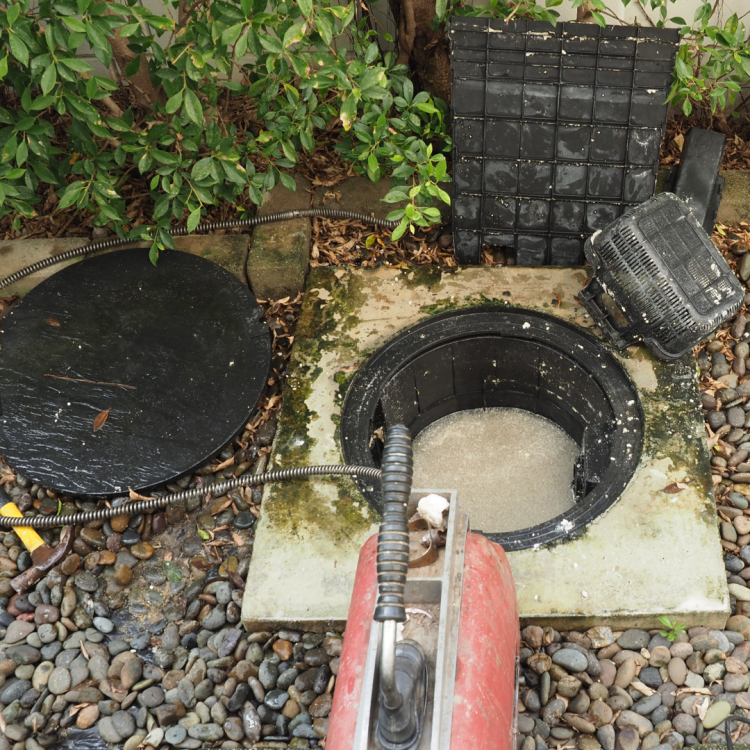
"If clogs are more frequent than the occasional backed up toilet, it may be a sign that you have an internal problem with your drainage system."
Prevention and Solutions: Tenant Education, Periodic Maintenance, Pipe Repairs or Replacement
Tenant Education: One of easiest ways to minimize clogs is to provide your tenants with helpful information about their plumbing as part of their new resident package. Stress the importance of not pouring grease down the drains, using the garbage disposal system properly, etc. While it seems like it’s common knowledge, not everyone is taught about how their pipes work or warned of potential problems.
Pipe Repairs: If you have misaligned pipes or other pipe connection/structural issues causing slowing and back-ups, it may be easiest to replace the sections causing the issue. A camera inspection conducted by a professional plumber will tell you is your pipes are the problem.
HotJetting Sewer LInes: HotJetting can power through hard water build-up, rust and debris while protecting your pipes from damage.
Pipe Replacement: Some sewer lines may be made of material prone to damage, rust tree root intrusion or collapse. Pueblo’s clay and cast iron pipes are a good example. Excavation and replacement can save you money in the long run. Risking back-ups and making frequent service calls can be costly! If you’re considering sewer pipe lining instead of replacement, check out this article that details potential issues with that solution.
2. Tree Roots in Sewer Lines
Tree roots are one of the most common causes of sewer line clogs and backups. This is especially common in cities with older pipes — like most of Southern Colorado. Pueblo sewer drains have modernized over time. But, there are still clay pipes, cast iron pipes and, in very rare instances, Orangeburg pipes connecting dwellings to the sewer system. These types of pipes are incredibly susceptible to tree root intrusion. This is because they are more prone to cracking or collapsing altogether. Any sort of crack creates moisture and leakage of nutrients hungry tree roots love. Once those roots find their way in, your tenants may experience:
- Slow drains
- Standing water
- Toilet backups
- Backed up dishwashers
- Sewage back-up in basements
If you get frequent maintenance calls across your units for the problems listed above, it may be a sign that tree roots have invaded your sewer lines. Other signs include:
- Sinkholes
- Extra green areas on the property where sewer lines run
- Standing water on the property where sewer lines run
Prevention and Solutions: Annual Camera Inspections and Periodic Hotjetting Maintenance
How do you prevent something from happening underground over a long period of time? It may feel like the battle to prevent tree root clogs is impossible to win. But, there are steps you can take before making the decision to excavate and replace cracked or damaged pipes.
Annual Camera Sewer Line Inspections
Camera inspections allow you to view the sewer lines from the inside out. You can see if there are cracks, collapsed pipes or tree root encroachment without digging. A sewer line inspection is far more affordable than excavating the line or allowing the lines to become clogged before taking initiative. An experienced plumber can give you a picture of the overall health of your pipes. You’ll also learn the status of any tree root intrusion, plus recommendations for managing the problem over time.
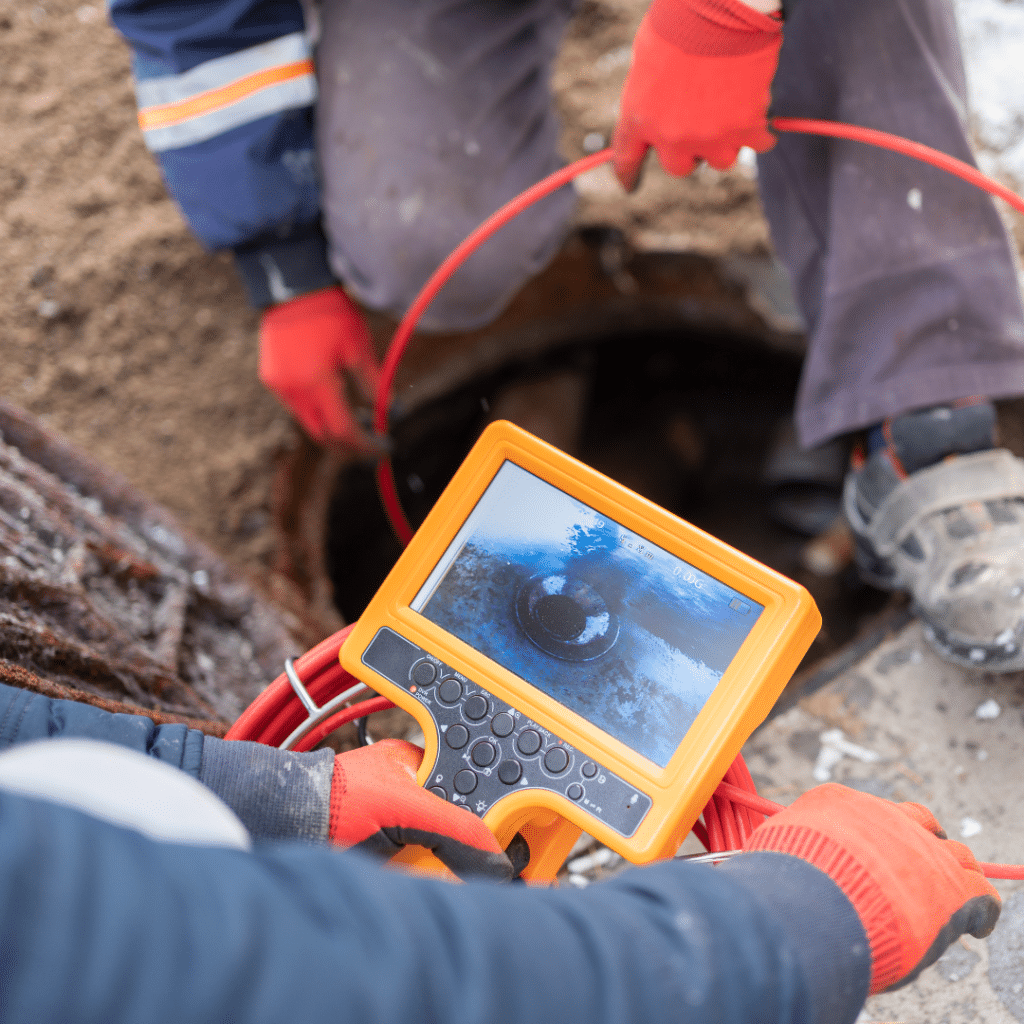
HotJetting the Lines
HotJetting uses a powerful, targeted stream of extremely hot water to clear your sewer lines of clogs. It can also power through debris, corrosion, tuberculation, scale and, with extreme efficiency, tree roots. At Flow Right, your service includes the camera inspection to determine the overall health of your pipes and ensure that hotjetting is the most efficient and cost-effective solution for your multifamily dwelling.
3. Old Pipes
Old pipes aren’t just vulnerable to tree root intrusion. They can also simply become damaged over time through no fault of you or your tenants.
- Clay pipes can weaken and collapse under the weight of the soil. They crack more easily and are at higher risk of permanent damage from tree root intrusion because they can burst instead of becoming clogged.
- Cast iron pipes can last for a hundred years. However, they can also begin to corrode from the inside out within the first 25 years. Corrosion can cause leaks and holes, nodules, rust debris and backups. The weight of cast iron pipes is also a problem, They can give the soil that holds them a lot of work to do!
- Orangeburg pipes are made of wood pulp and tar, so it’s probably fairly obvious why they would collapse or weaken over time. This type of pipe was installed in the 1940s and well into the 1970s, so any remaining lines have definitely working long past their expiration date.
Prevention and Solutions: Working with Older Pipes
If you have a duplex, apartment complex or other multifamily dwelling built during an era that utilized one of these pipe materials, you may want to consider an inspection.
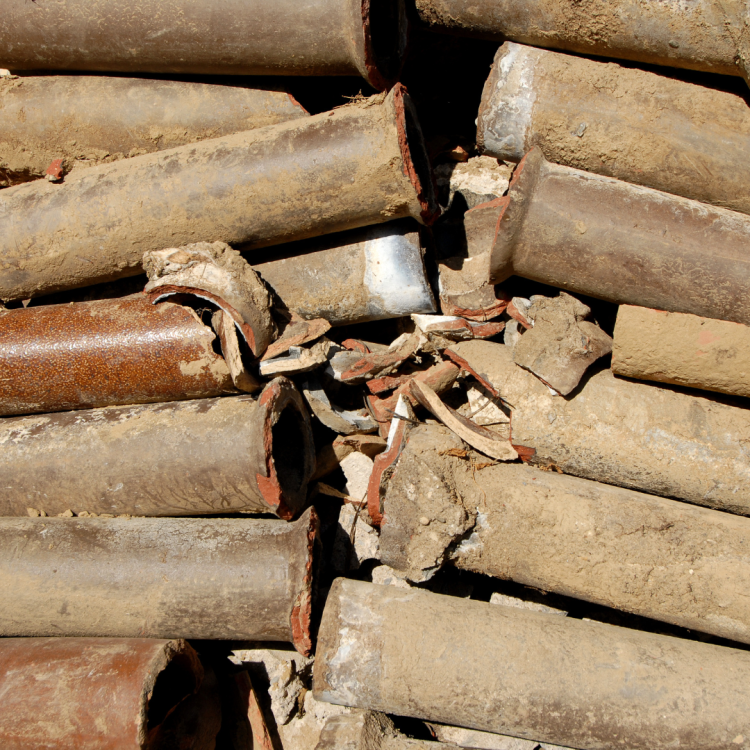
Discovering you have older pipes doesn’t automatically mean you need to replace them completely. Sometimes you can use the knowledge to create solutions that prolong the lifespan of these older pipes, like tree root removal or making a series of minor repairs that keep them moving efficiently. You don’t know what you don’t know, so call in a professional to lay out the reality of your sewer line situation.
4. Soil Shifting and Sinking
A shift in the solid that surrounds sewer lines can cause them to sag, crack or break altogether. Sewer lines can be buried as deep as eight feet or as shallow as 18 inches. However, they aren’t secured in the same way as pipes in a home. Pipes rely on the soil around them and proper backfill with solid soil compaction to hold them in place. The material of the pipes is also important, but even the strongest pipes are not immune to significant shifting.
Soil shifts can be caused by flooding, erosion, improper burial, trees/vegetation and leaking pipes. Prevention of these factors is not always in your hands. You can’t stop a flood in your yard from shifting the earth around your sewer lines. However, you do have some factors in your control.
Prevention and Solutions: Proper Installation, Drain Maintenance and Sprinkler Maintenance Proper Sewer Line Installation
If you need to replace sewer lines, hire a licensed plumbing company with demonstrated experience in excavation, repair and replacement of sewer lines — and commercial sewer lines in particular. As longtime plumbers for a variety of multi-family properties in Southern Colorado, we can say that proper burial is critical to reducing the chance of your sewer lines shifting, bellying or worse.
Drain Maintenance
Leaking pipes can weaken the compacted soil meant to hold your pipes in place, leading to more severe, or even irreversible, damage. Periodic inspections can help you detect and monitor leaking sewer lines so you can make an informed decision.
Proper Sprinkler Maintenance
If you have a sprinkler system on your property, it’s important to ensure you perform annual tune-ups and inspections to ensure the system is not leaking into the ground and soaking the support soil and backfill for your sewer lines. Overwatering can also cause a similar problem.
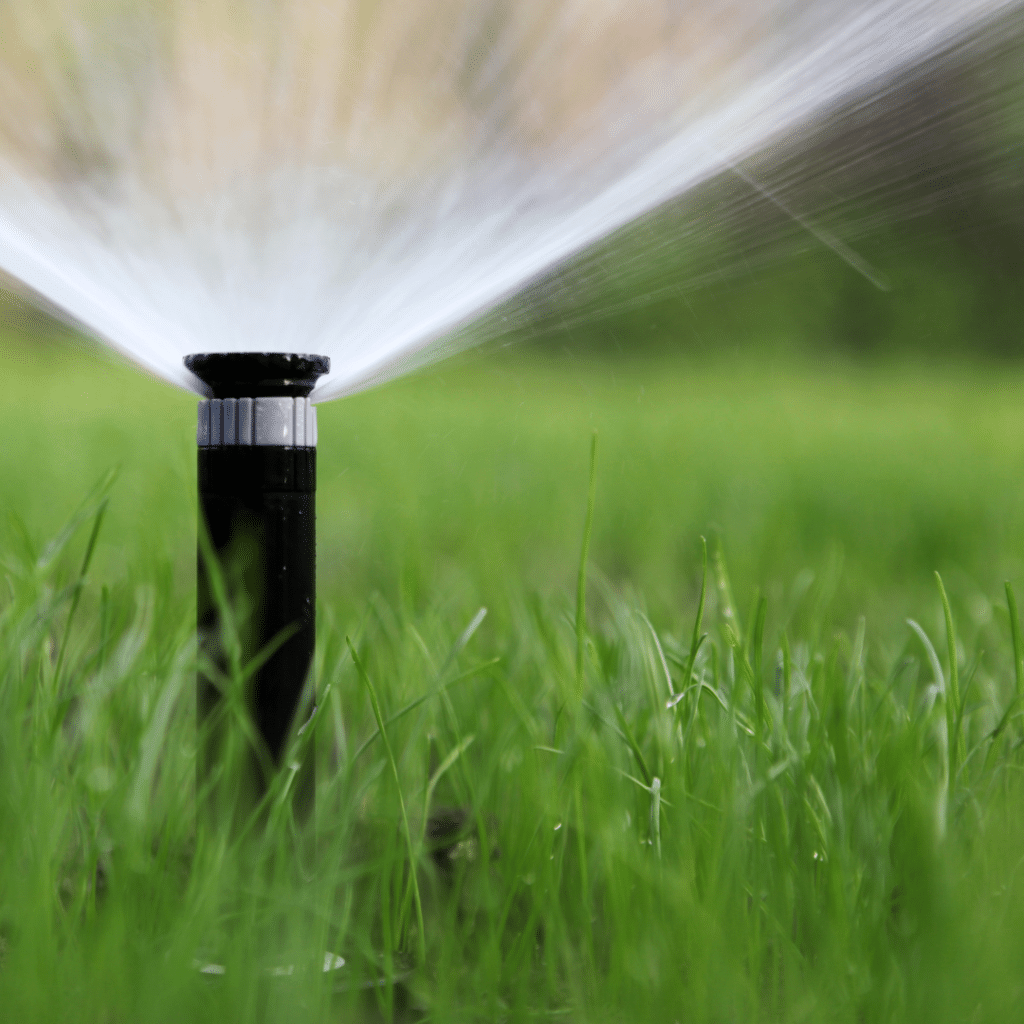
A Little Prevention Can Go a Long Way
If you’re concerned about the impact of commercial sewer line problems on your business, these tips for prevention can help you take action!
Trust Flow Right with All Your Commercial Sewer Line Problems!
Flow Right offers a variety of support to multi-family property owners to help make it easier to proactively maintain your sewer lines. If you need routine maintenance, give us a call for help anytime. We can make one-off repairs or even help you with facility care plans that take worrying about sewer lines off your to-do list.

